In 1928, the Tamiami Trail was completed connecting Tampa and Miami in the southern portion of the state of Florida. Prior to that time, canoes were the primary mode of transportation through the swamp and the Everglades. Construction of a huge airport began in 1968 with plans to build the largest runway in the world at the time. The project would have destroyed the flow of fresh water through Big Cypress Swamp. Through the efforts of a group of conservationists, hunters, private land owners, and Seminole and Miccosukee tribes, Congress designated it a nature preserve. Unlike National Parks, hunting, off-road vehicle use, private land ownership, and traditional uses by the Seminole and Miccosukee peoples continue on the land.
Two Visitor Centers, both located along the Tamiami Trail, serve the preserve. Today we went to the Big Cypress Swamp Welcome Center (about an hour from Bonita Springs where we are staying) and picked up some information about things to do in the area.
Since 1982, panthers are tagged and tracked by biologists (but still are rarely seen). Each male panther has a territory of about 200 miles and they spend their time prowling the perimeter. With the loss of habitats, panthers have been engaging in fights with other panthers for their territories. Conservation efforts have resulted in the building of fences along the Tamiami Trail that direct the panthers to paths underneath the road for safe passage. We saw two flashing Panther Crossing signs (indicating that a panther is nearby), but we did not see any. They normally cross under the road at night.
Alligators are also found in abundance here. The ranger advised us that dogs are not permitted on trails due to the threat of alligator attacks. I had assumed they would snatch smaller dogs, but she told us they have had visitors lose German Shepherds to them. Yikes! Our doggie, Sadie, stayed in the car except for some quick potty breaks!
Be sure to check out the estuary behind the Visitor Center. We saw three manatees there and a little Green Heron.
We decided to visit the Kirby Storter (chief engineer of the Tamiami Trail) Roadside Park and then drive the Turner Road, Upper Wagonwheel ad Birdon Road Loop Drive.
There is a one-mile round trip boardwalk trail at the Roadside Park.
The first part of the trail is through a dwarf (due to lack of nutrients) cypress forest. Bromeliads (air plants) grow in abundance on the trees here.
Then we came to the swampy area where large, old-growth cypress trees flourish. There are many Great White Egrets (and other waterfowl) here.
We saw hundreds of waterfowl here including: a beautiful Red-Shouldered Hawk, long-beaked Glossy Ibis and White Ibis, interesting Anhinga, and unattractive Black Vulture.
As we were driving west on the Tamiami Trail to the loop drive, we spotted an area with lots of alligators sunning on the banks of an estuary. In the days of dinosaurs 160 million years ago, alligators grew to 50' long. Today they can be 15'. They were hunted almost to extinction in FL, but they have rebounded since conservation efforts began. Today there are estimated to be 1 million alligators in FL.
In addition to the many Great White Egrets here, we saw this Great Blue Heron and another Anhinga with a tan neck/head. The Anhinga have webbed feet and swim through the water with just their neck and head sticking up earning them the nickname of "snakebird."
As we drove along Turner River Road, we stopped numerous times for some wildlife watching. This is the only Red-Bellied Turtle we saw, but there are many in the swamp. This egret and alligator did not seem at all bothered with each other's presence (although alligators do sometimes eat birds!) This Little Blue Heron was absolutely gorgeous!
Swamp jeeps are used for off-road tours and by conservationists to track panthers and other wildlife in the park.
As we drove along Birdon Road, we saw this beautiful Short-Tailed Hawk and several others perched in trees in the prairie and pine lands.
I had been looking for Roseate Spoonbills all day and finally spotted these. The black and white bird is a Wood Stork. This seemed to be a popular spot for various waterfowl!
We really enjoyed our visit to the National Preserve. We have been to several other preserves in the west and have always found them to be amazing. As always, I am so very appreciative of those before us who had the foresight to protect these wildlife areas. Seeing these animals in the wild is always a very special treat.
For additional information about the Big Cypress National Preserve, check out their website at www.nps.gov/bicy.
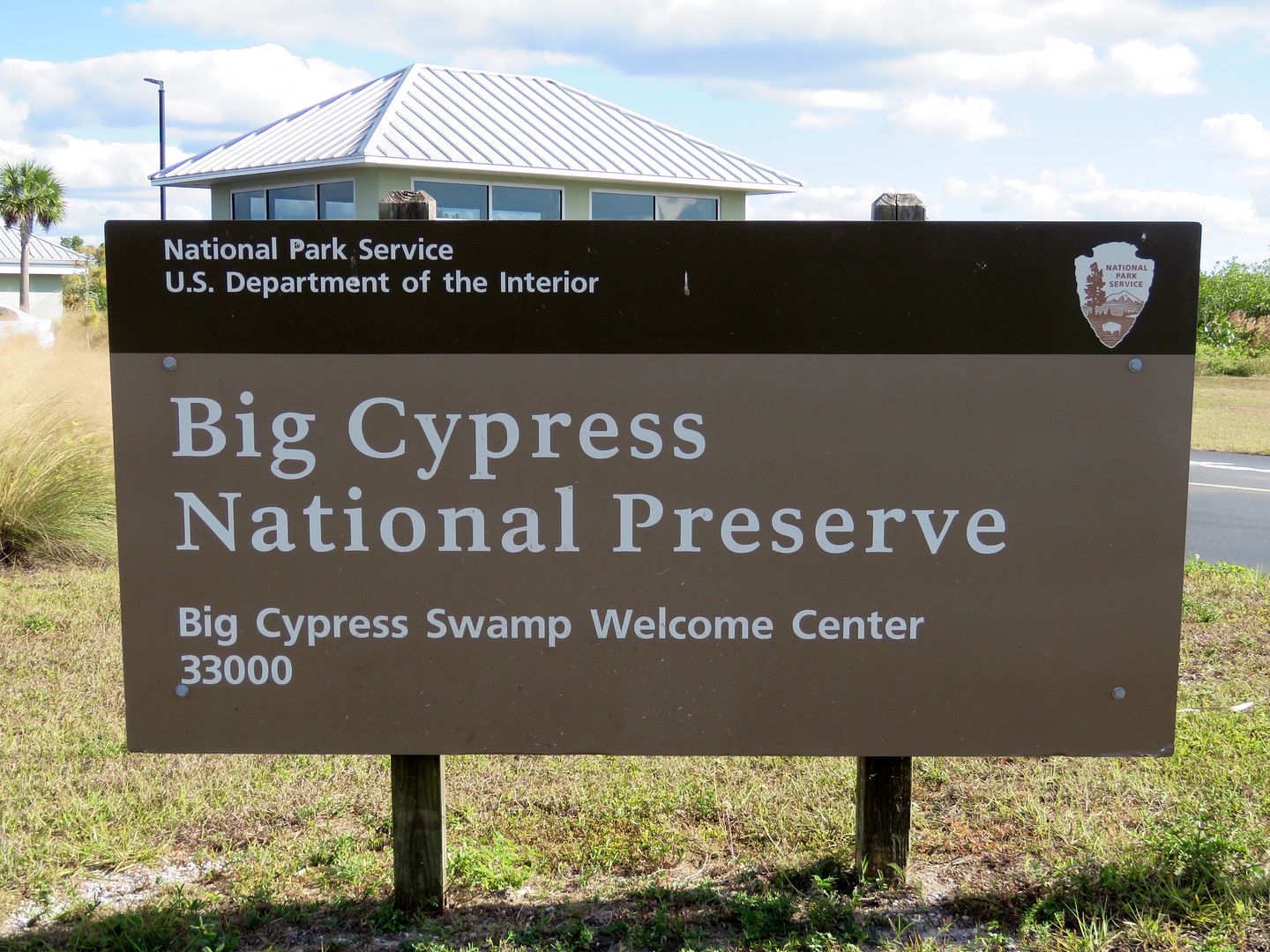
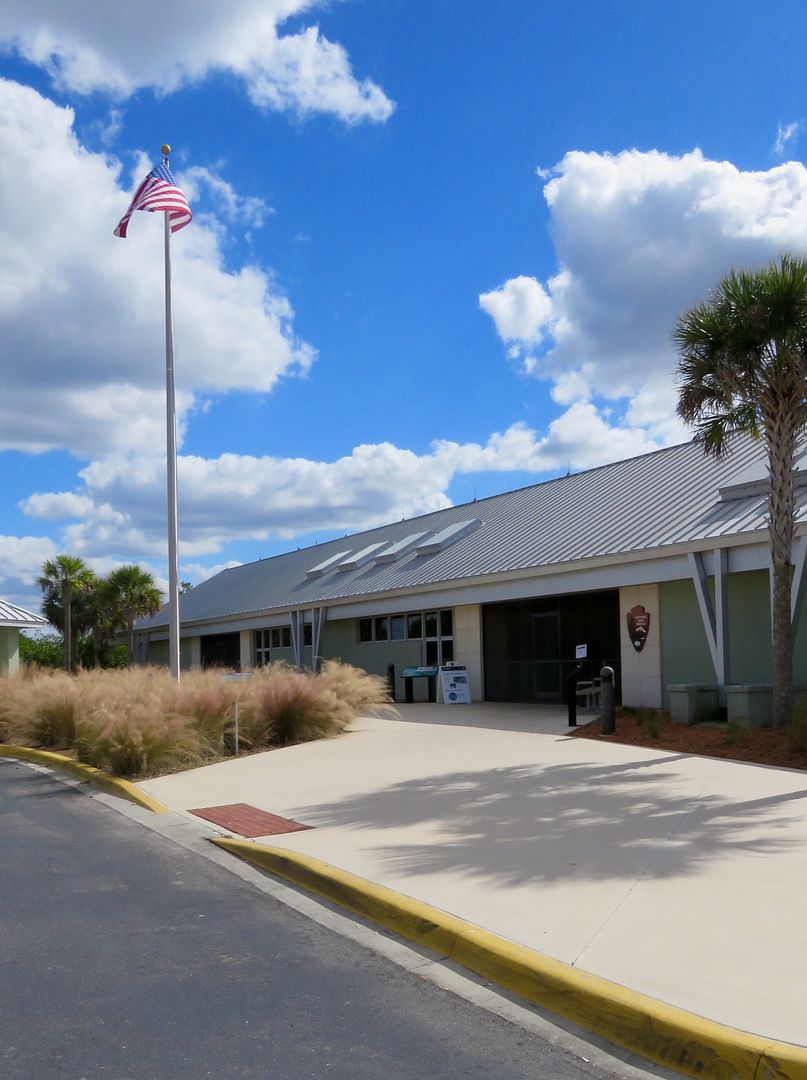
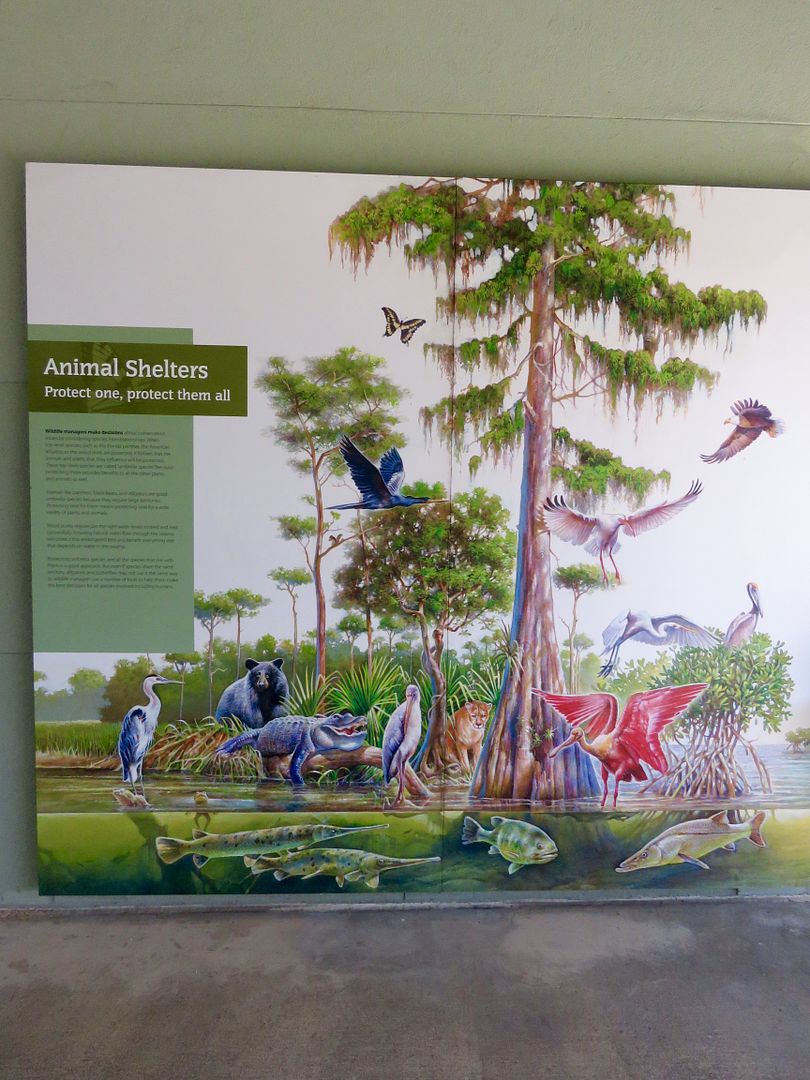


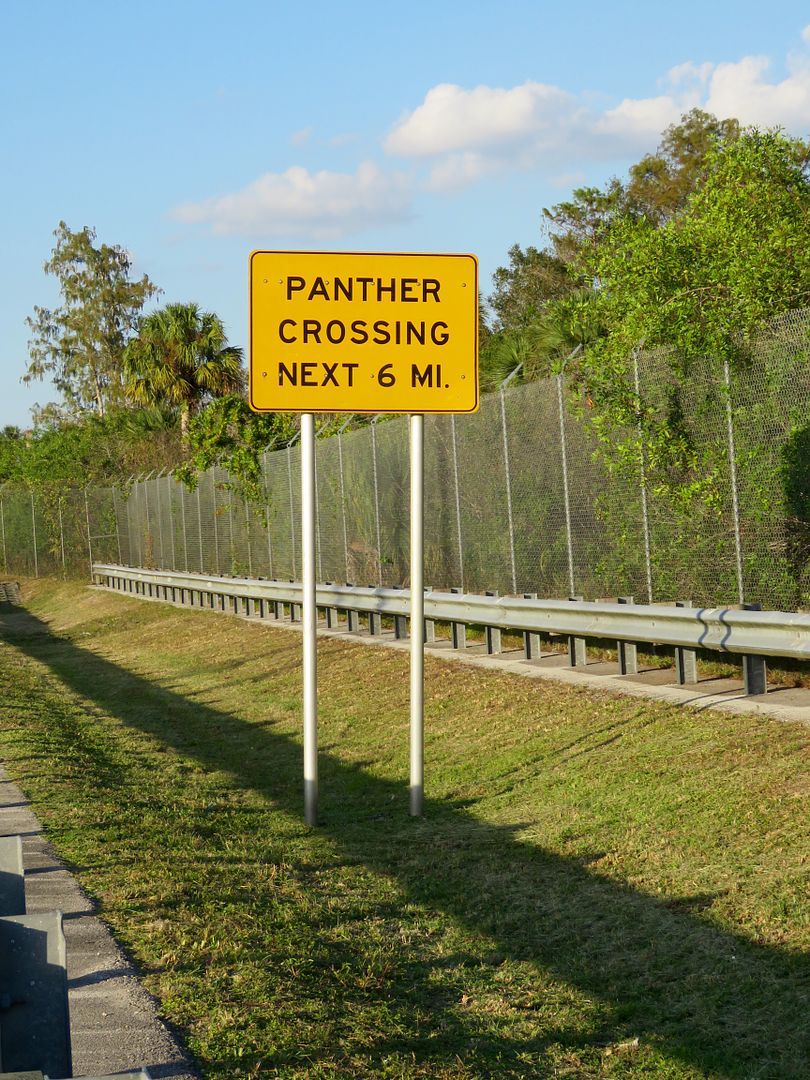

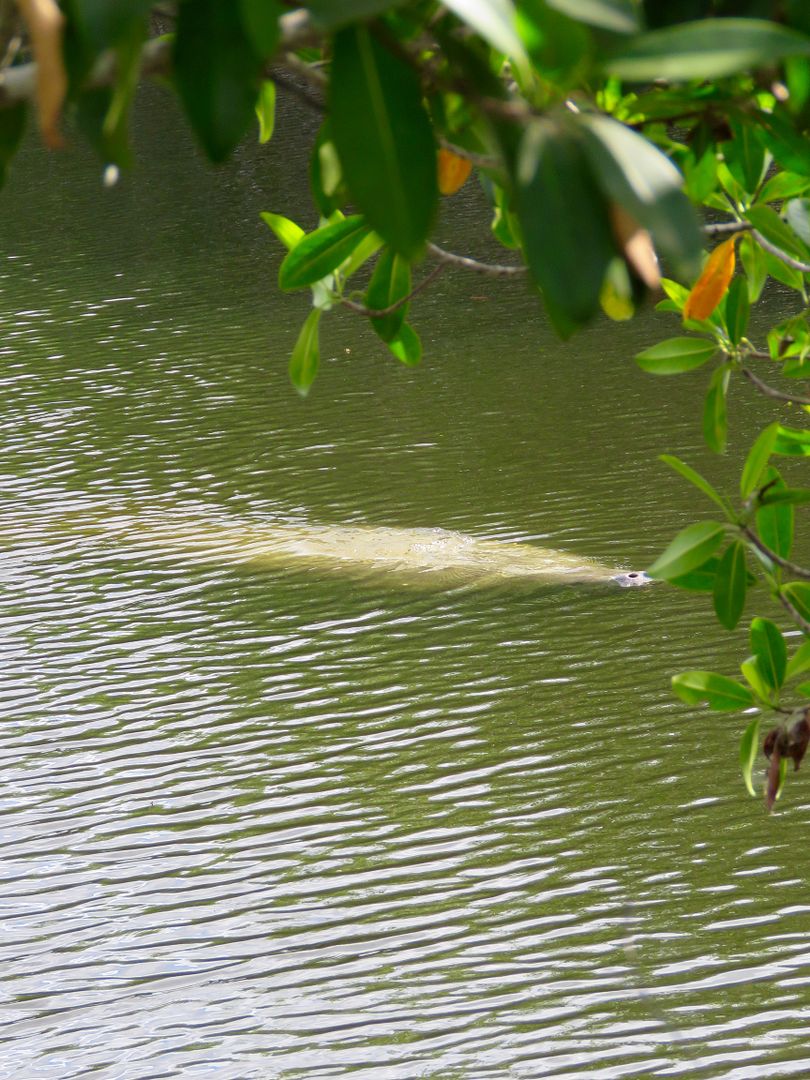
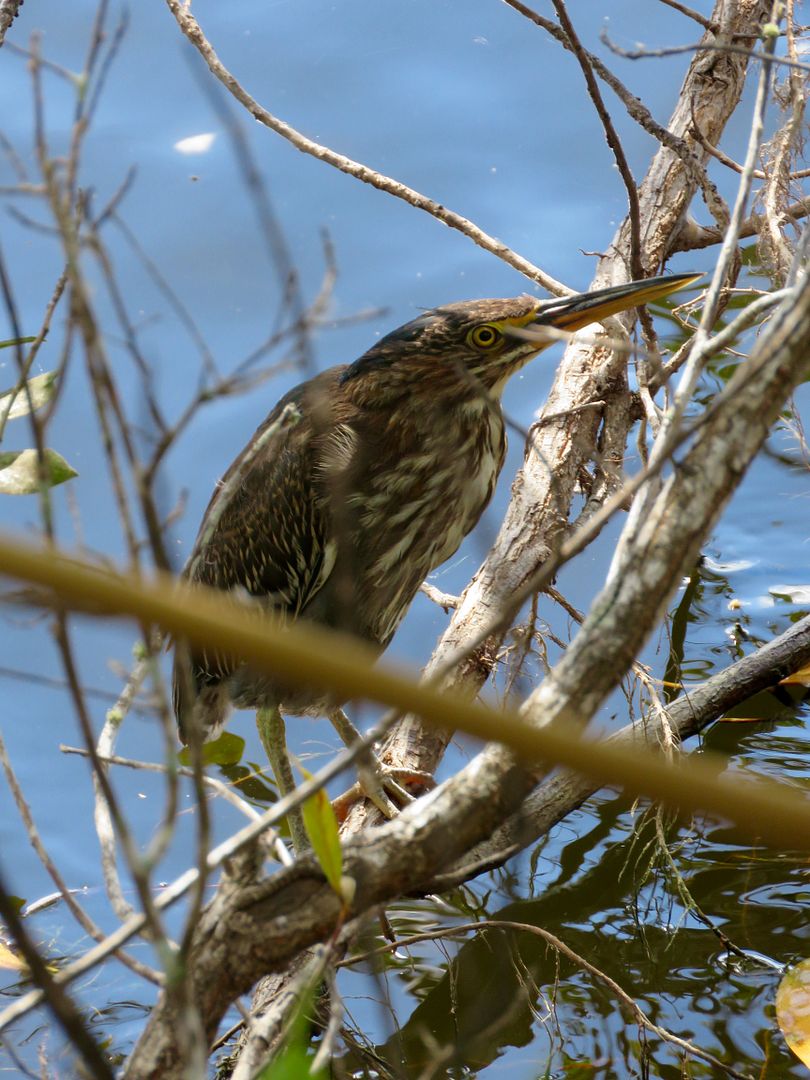

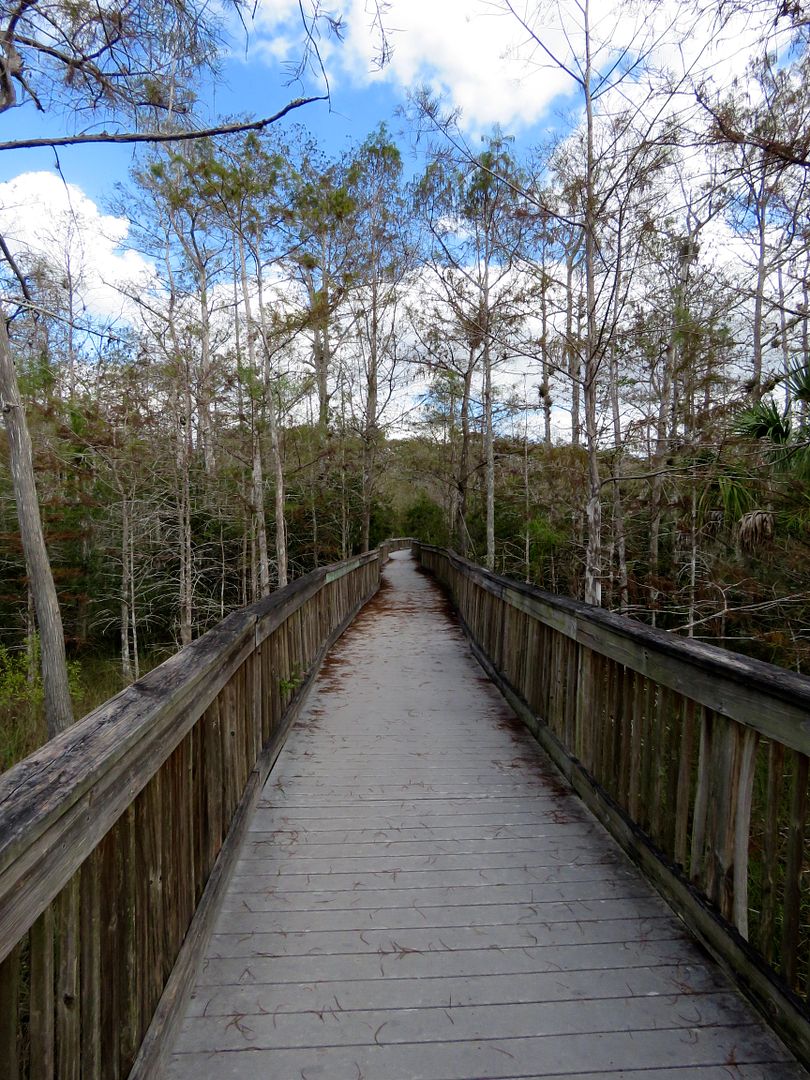


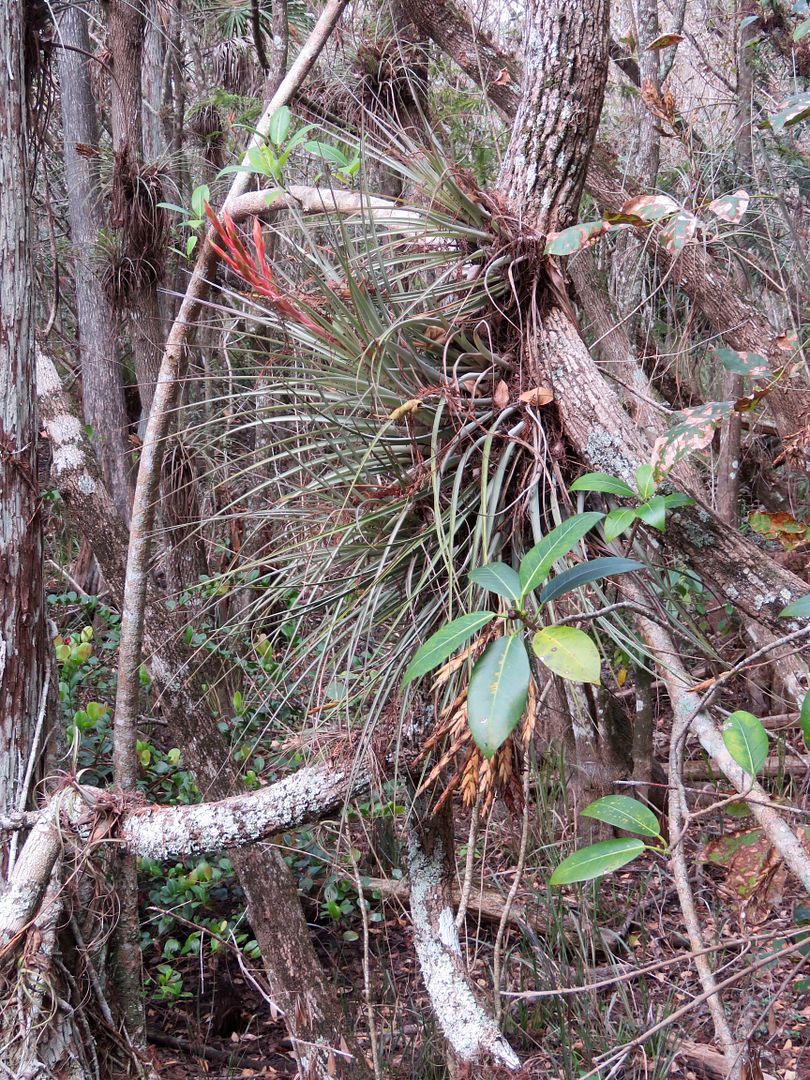

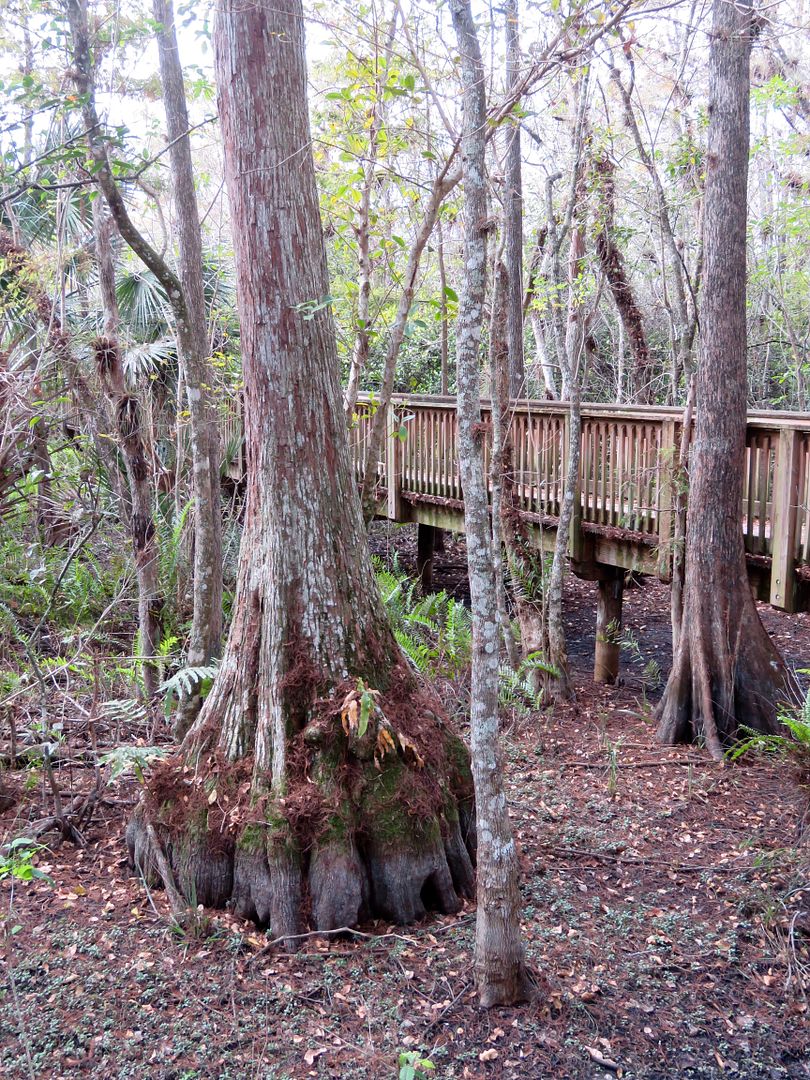
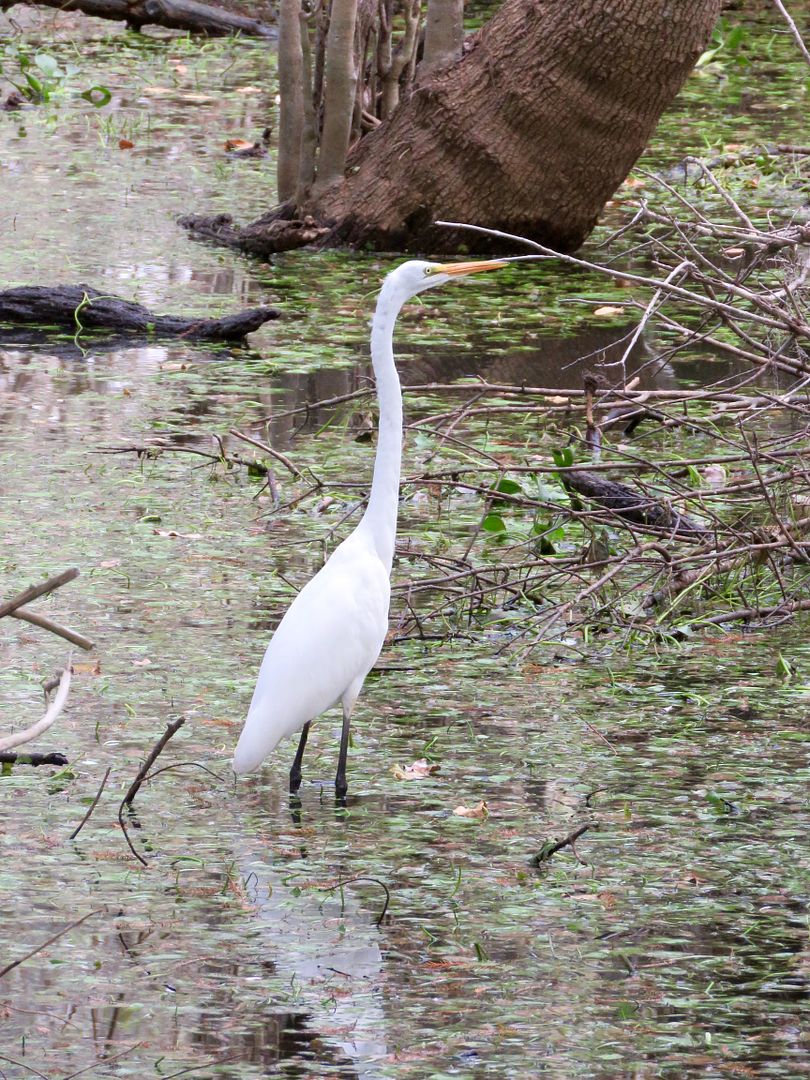
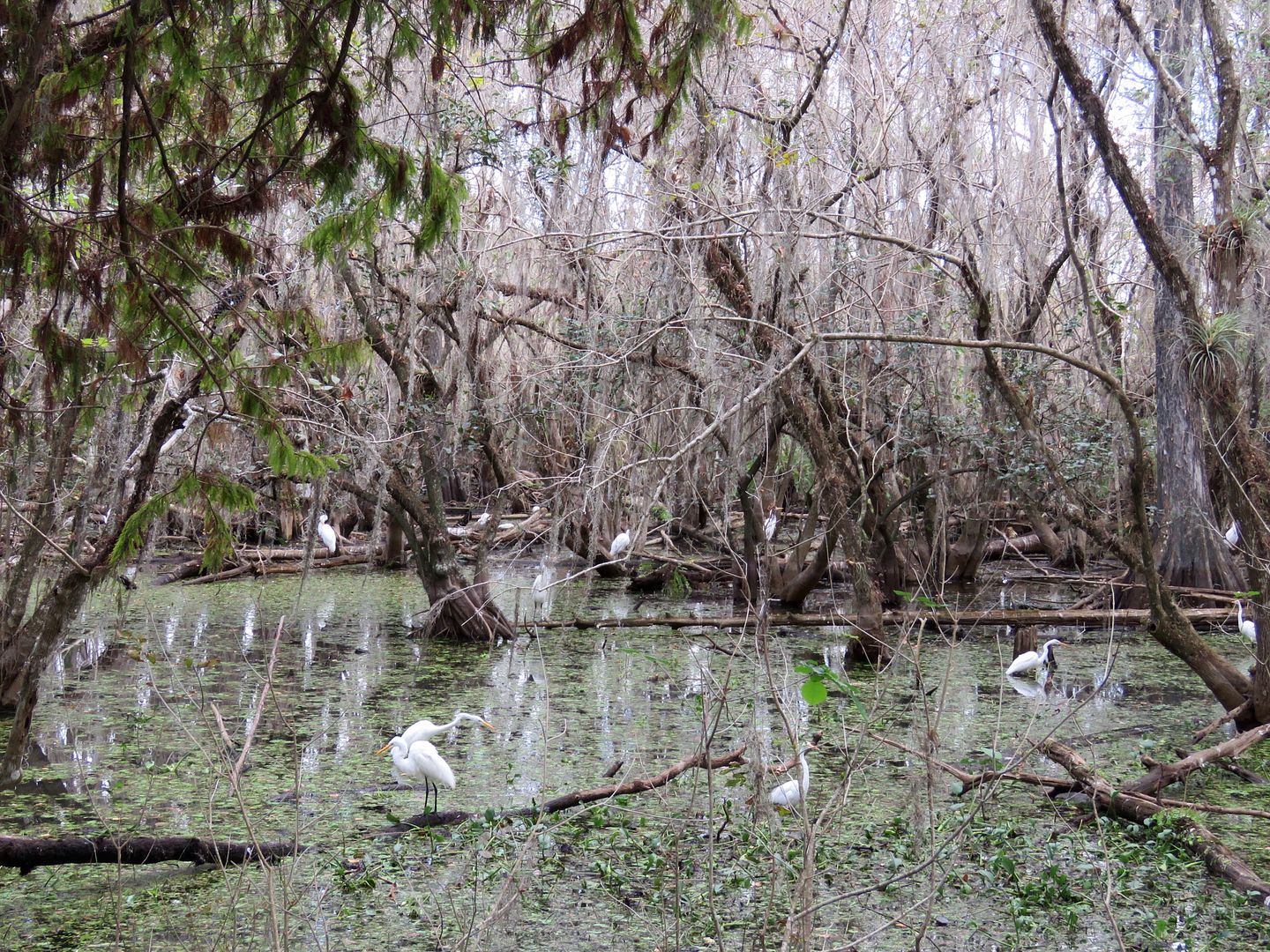
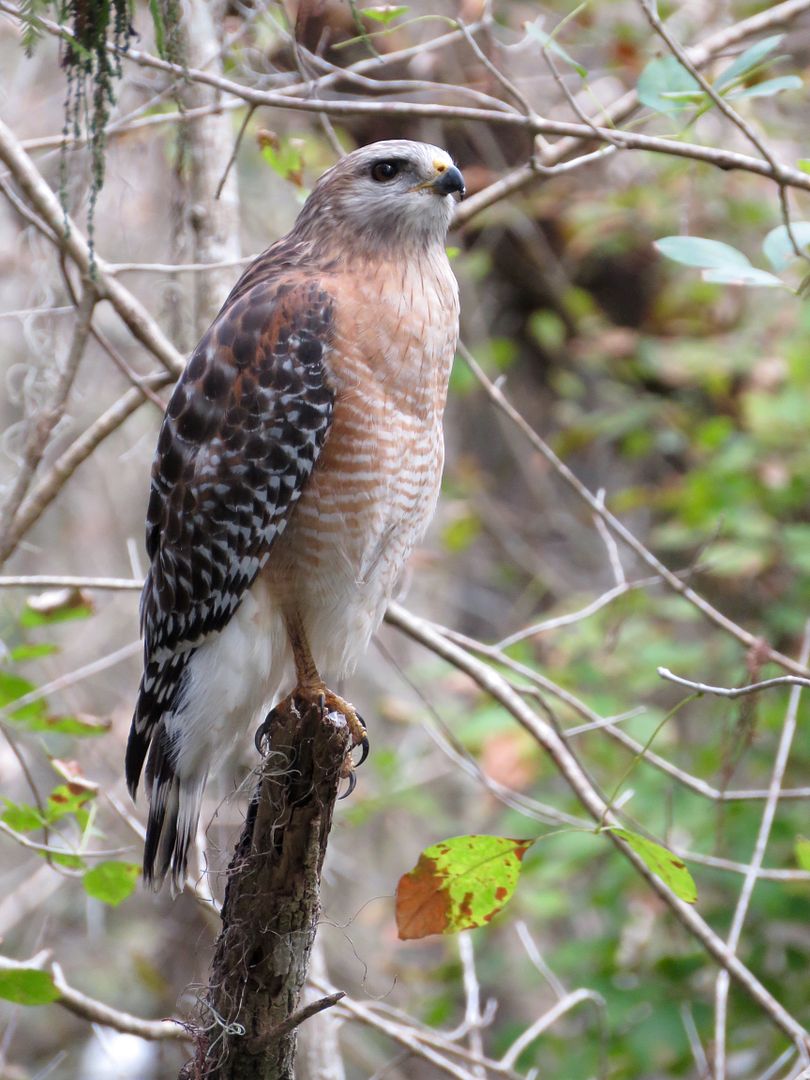
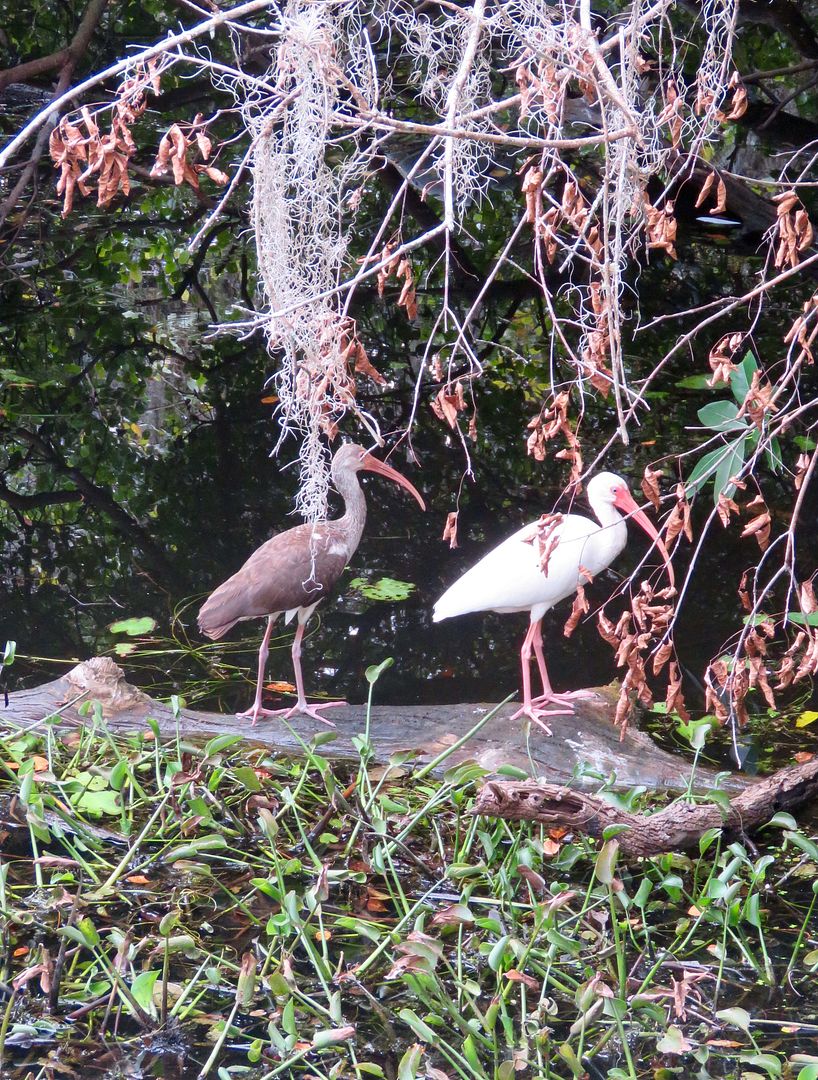

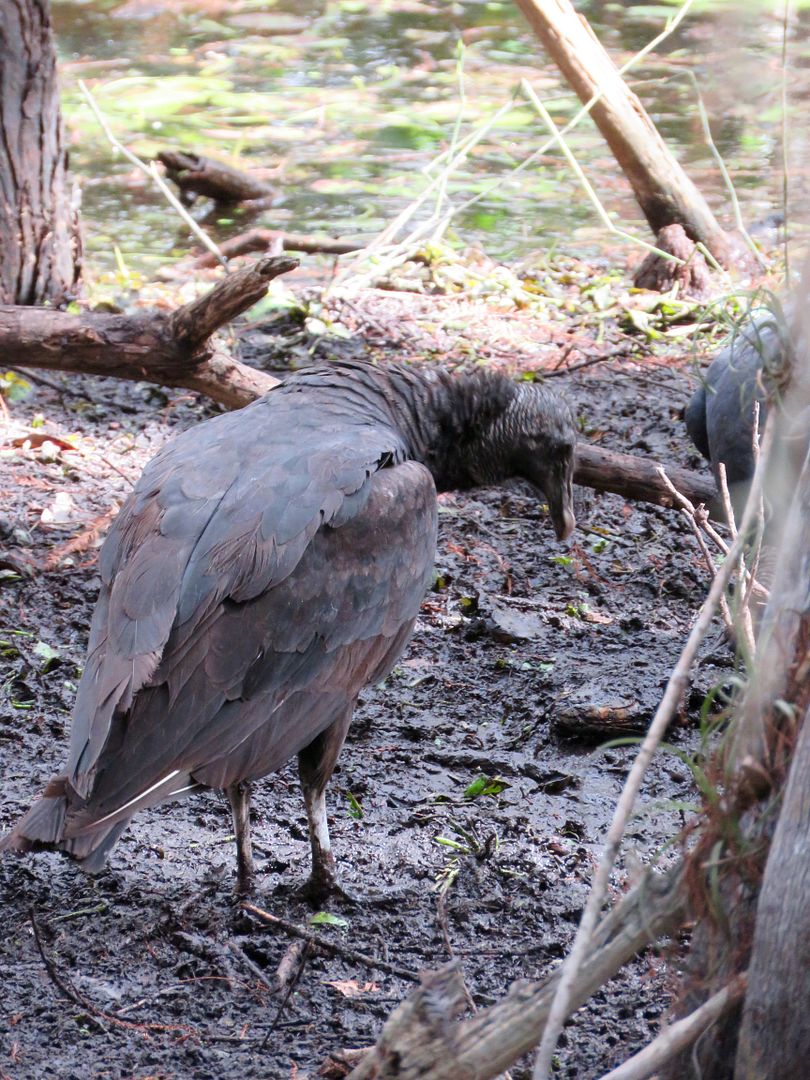



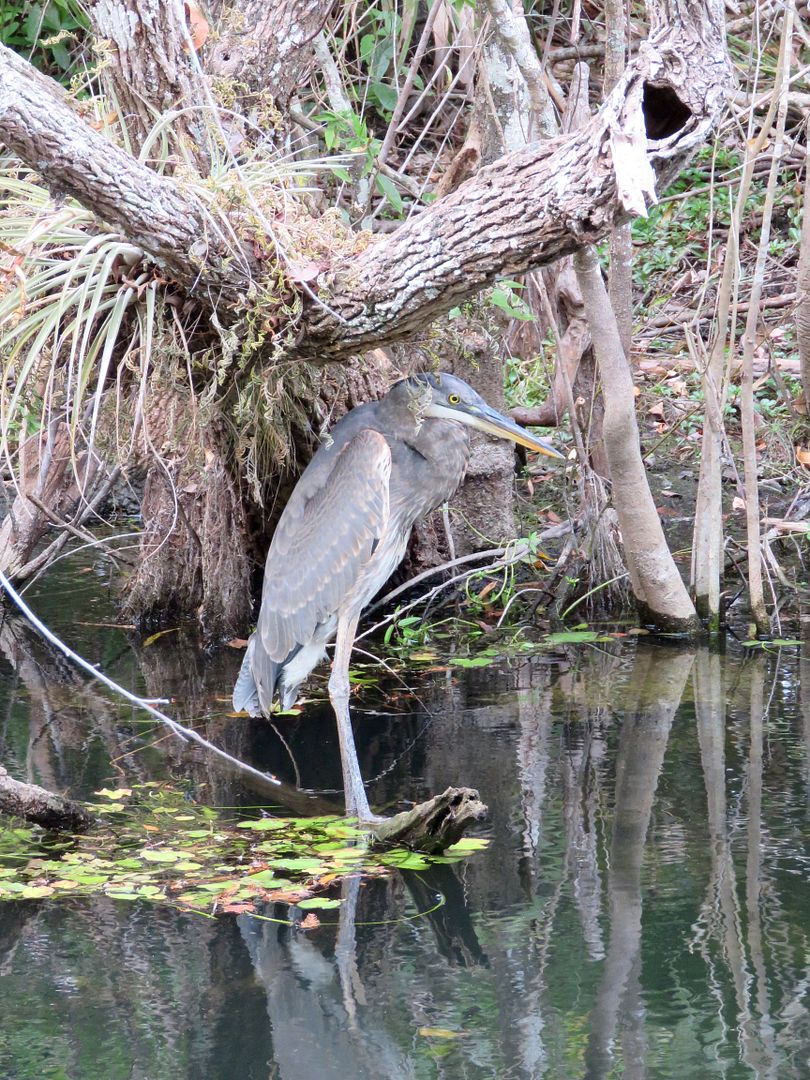
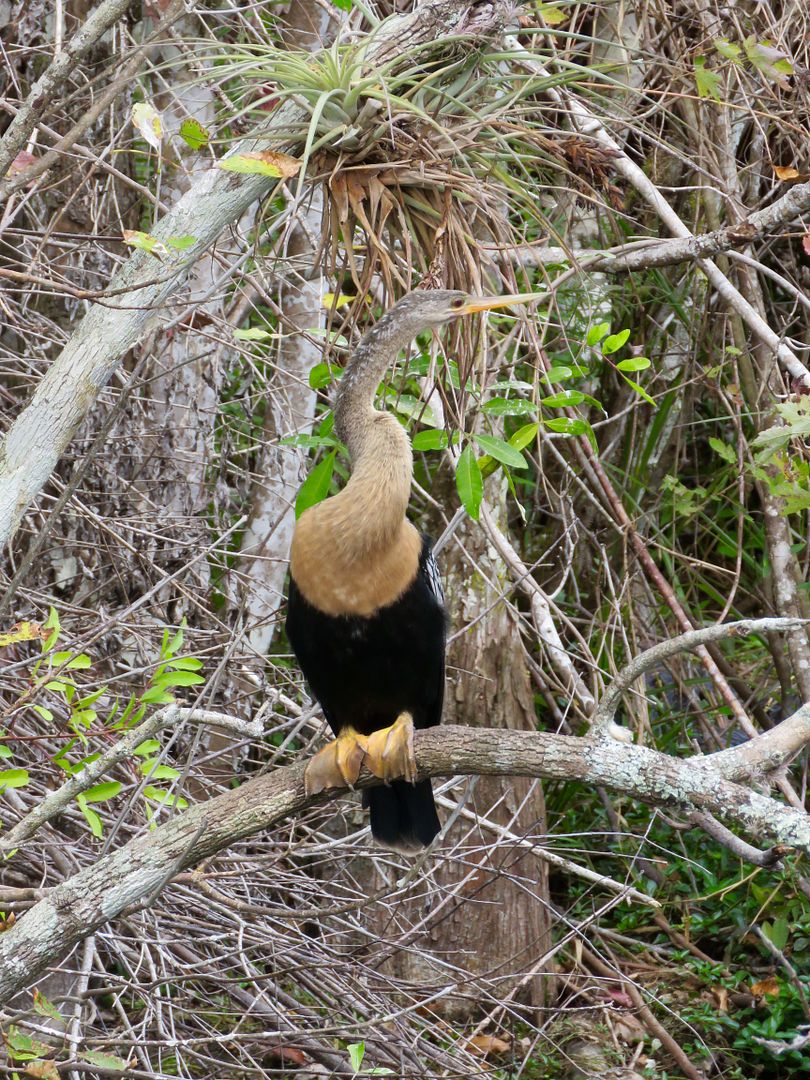

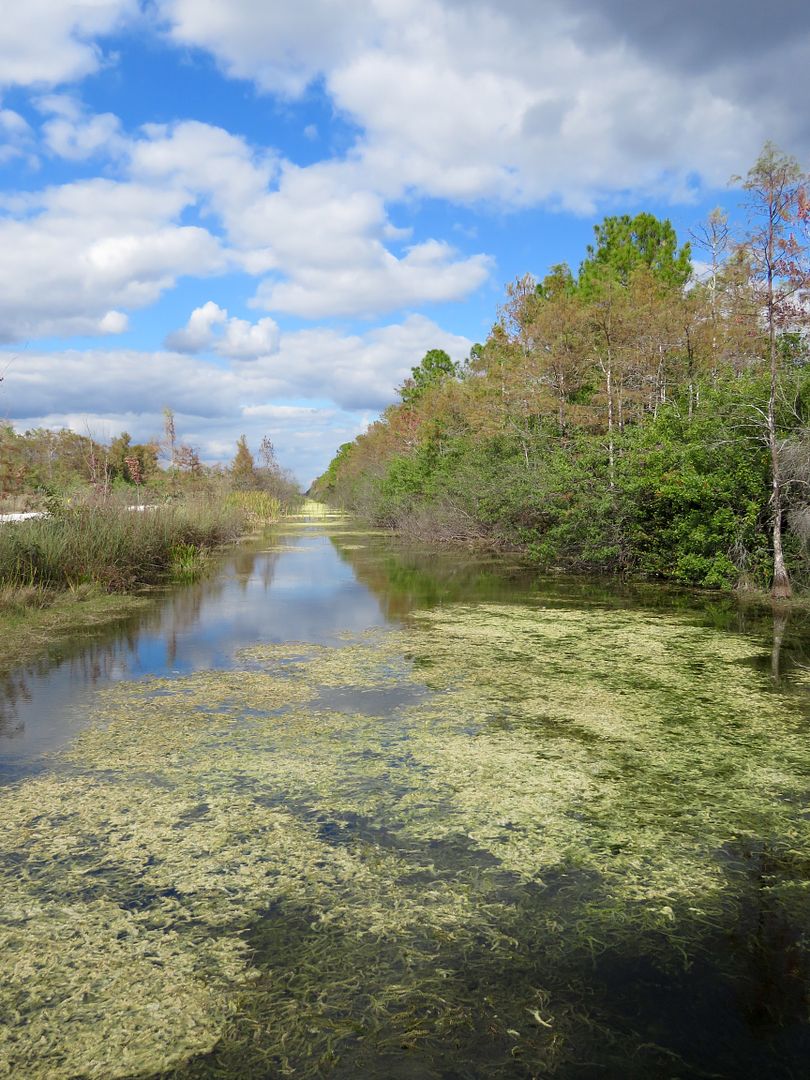
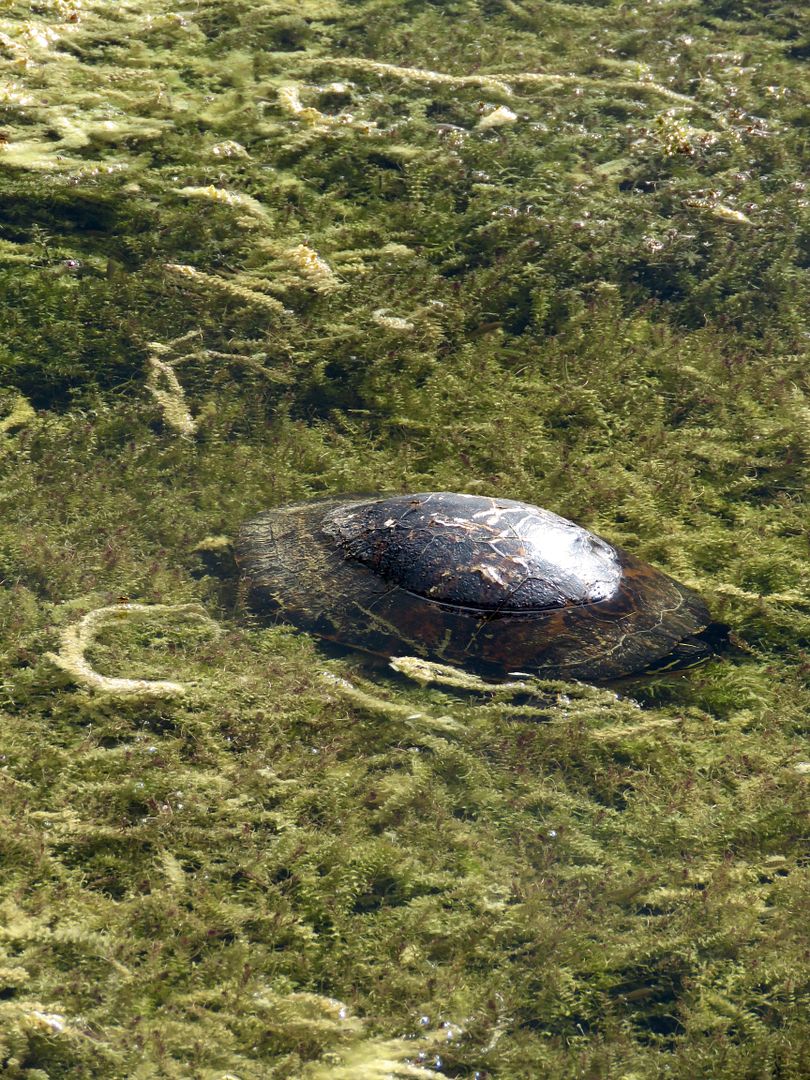
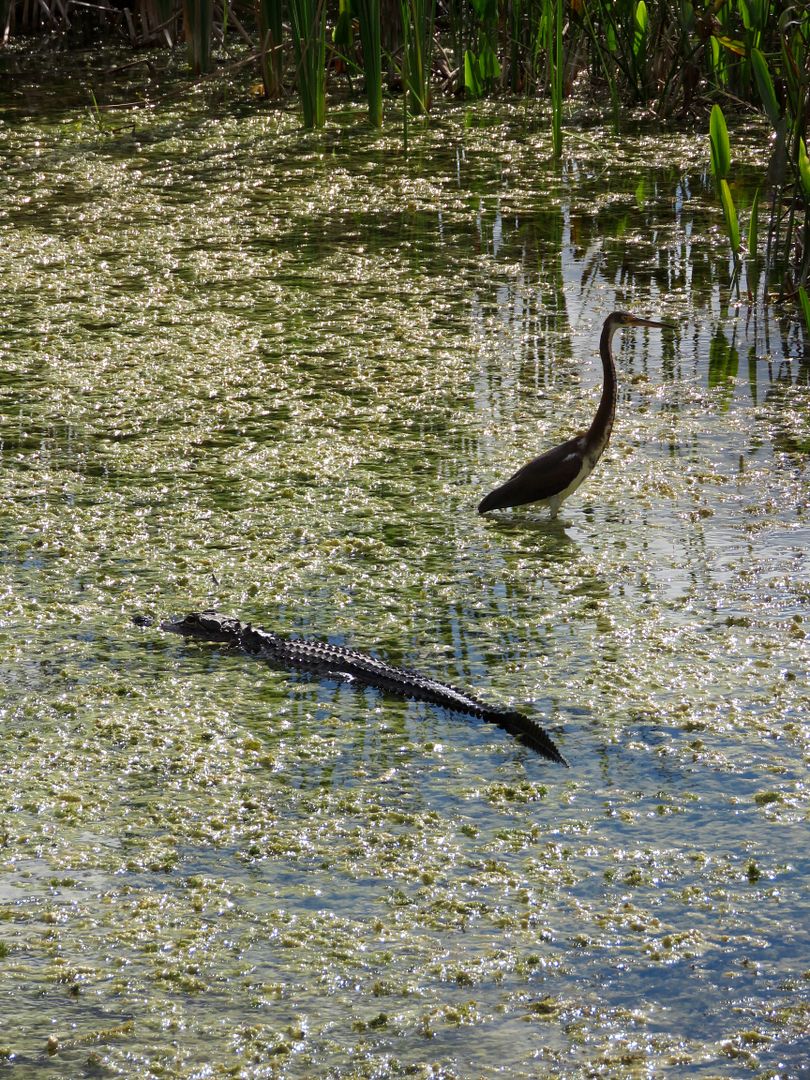

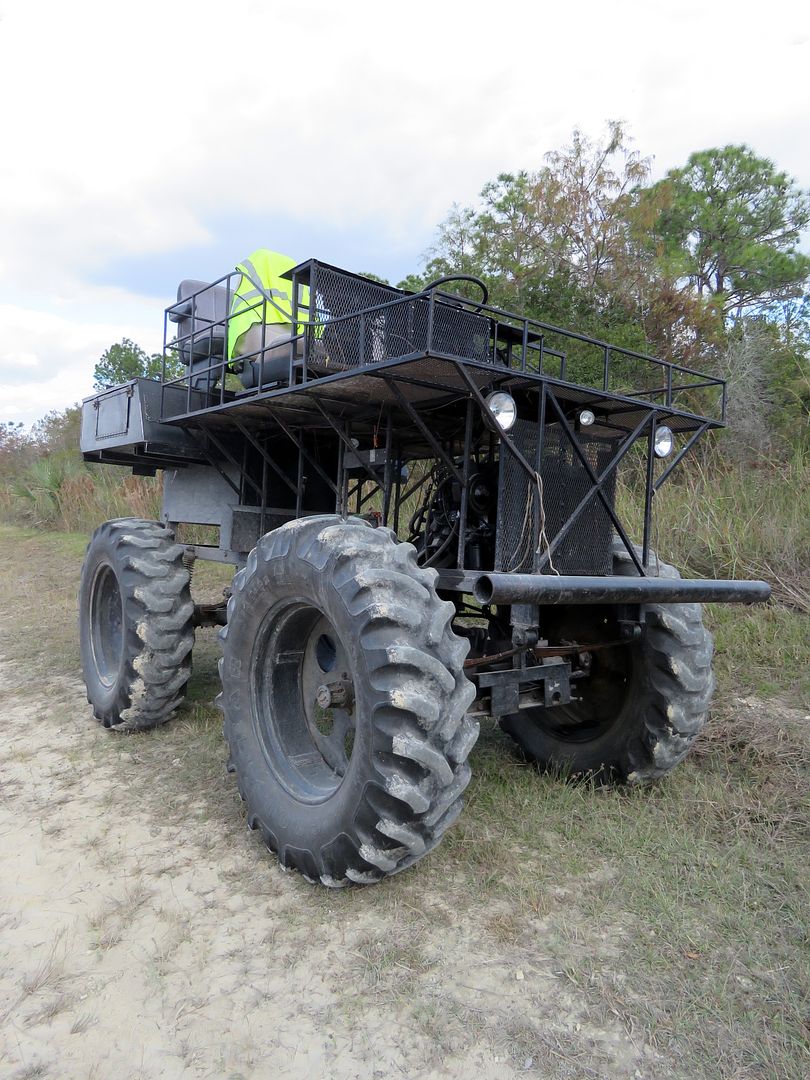



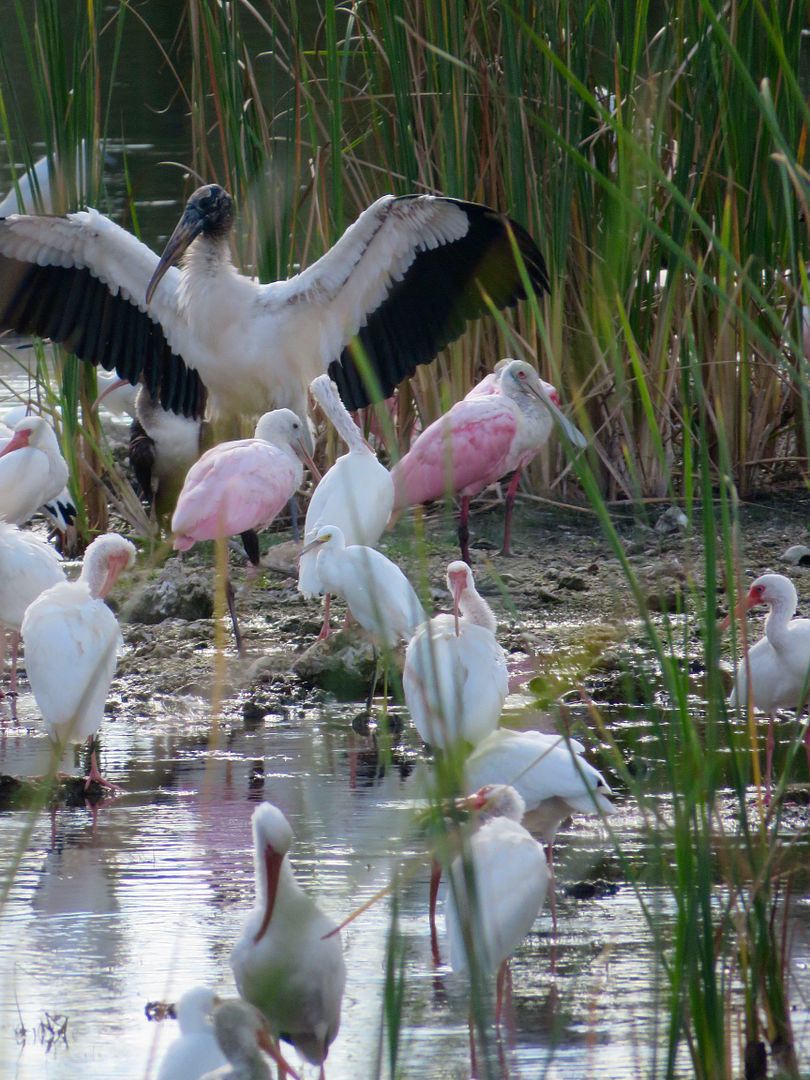


No comments:
Post a Comment